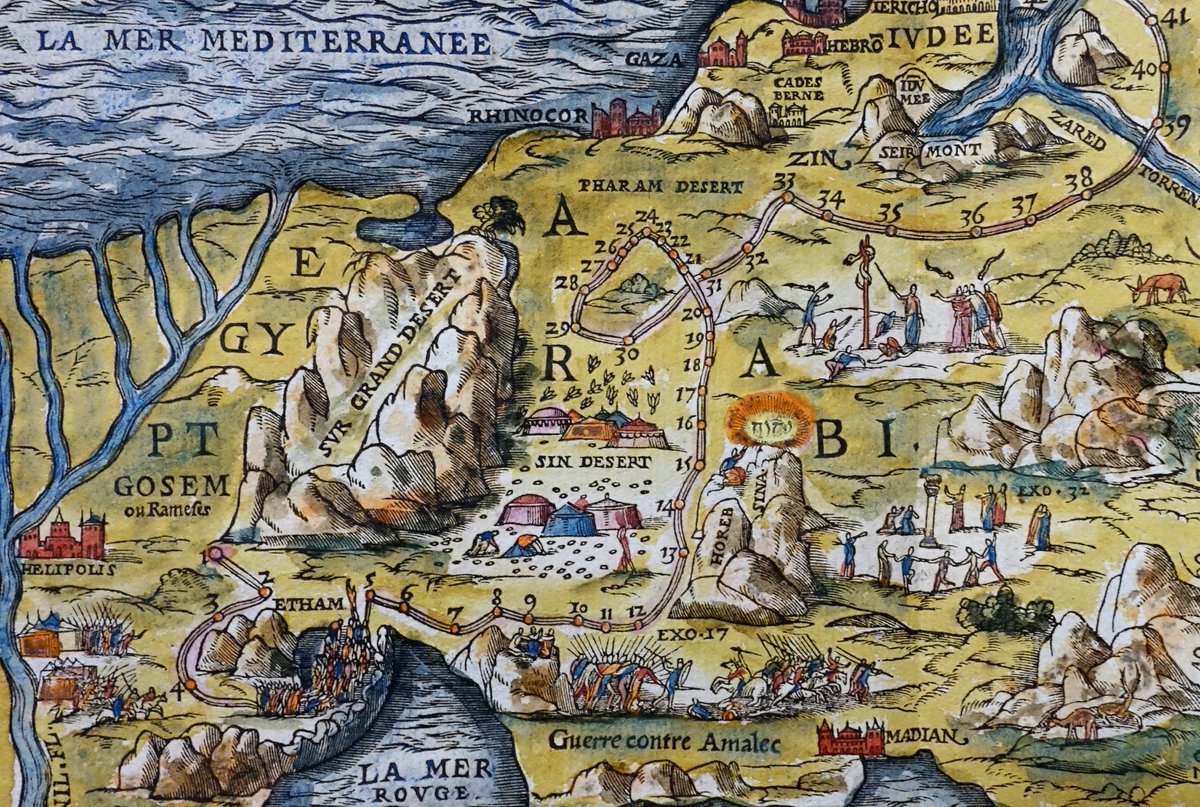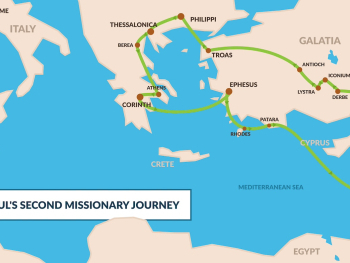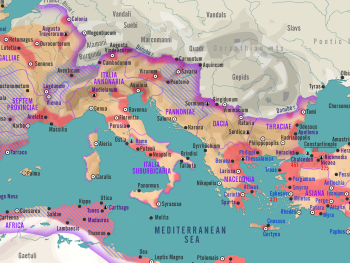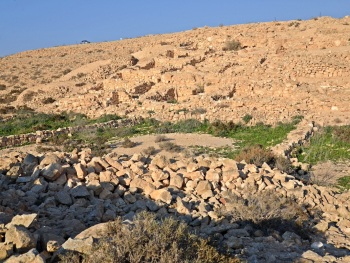Biblical geography is an essential aspect of understanding the stories and teachings found in the Bible. By exploring the lands where biblical events took place, children can deepen their comprehension of scripture and gain a greater appreciation for its significance.
In this article, we will explore some fun and educational activities designed to teach biblical geography to kids, making learning an enjoyable and enriching experience.
- Map Exploration: Start by introducing children to maps of the Holy Land and other regions mentioned in the Bible. Provide them with colorful maps featuring landmarks, cities, and geographical features. Encourage them to identify key locations such as Jerusalem, the Sea of Galilee, and the River Jordan. Use interactive maps or globes to help children visualize the geography of biblical times.
- Story-Based Tours: Take children on virtual or real-life tours of biblical sites using story-based narratives. Share the stories of Abraham's journey to the Promised Land, Moses leading the Israelites through the wilderness, or Jesus' travels around Galilee and Judea. As you recount these stories, show pictures or videos of the corresponding locations, allowing children to connect the narrative with its geographical context.
- Interactive Games: Engage children in interactive games and activities that reinforce biblical geography concepts. Create scavenger hunts where children search for landmarks or cities mentioned in the Bible. Play map-based games such as "Pin the Location" or "Biblical Bingo," where children match biblical events with their corresponding locations on a map. These games make learning fun while reinforcing important geographical knowledge.
- Arts and Crafts: Encourage creativity by incorporating arts and crafts activities into biblical geography lessons. Have children create their own maps of the Holy Land, using colored pencils, markers, and stickers to label cities, rivers, and mountains. Alternatively, provide materials for building dioramas or model landscapes depicting scenes from biblical stories. These hands-on projects allow children to express their understanding of geography in a creative and tangible way.
- Virtual Field Trips: Take advantage of technology to embark on virtual field trips to biblical sites around the world. Use online resources, videos, and virtual reality apps to explore places like Jerusalem, Bethlehem, and Nazareth from the comfort of your classroom or home. Encourage children to ask questions, make observations, and interact with the virtual environment, fostering a sense of exploration and discovery.
- Role-Playing Activities: Bring biblical stories to life through role-playing activities that incorporate geographical elements. Divide children into groups and assign each group a biblical event or journey to reenact. For example, one group could portray the Israelites crossing the Red Sea, while another group acts out Jesus' parable of the Good Samaritan along the road from Jerusalem to Jericho. These role-playing exercises help children empathize with the characters and understand the geographical context of their stories.
Teaching biblical geography to kids can be both fun and educational with the right activities and resources. By engaging children in map exploration, story-based tours, interactive games, arts and crafts, virtual field trips, and role-playing activities, educators and parents can help children develop a deeper understanding of the lands and locations mentioned in the Bible. Through these engaging experiences, children can cultivate a lifelong appreciation for biblical geography and its relevance to their faith journey.






